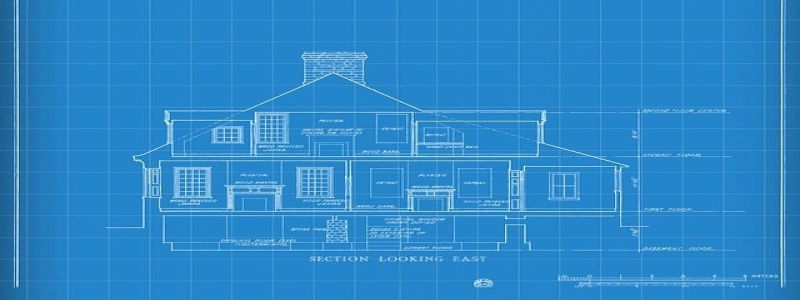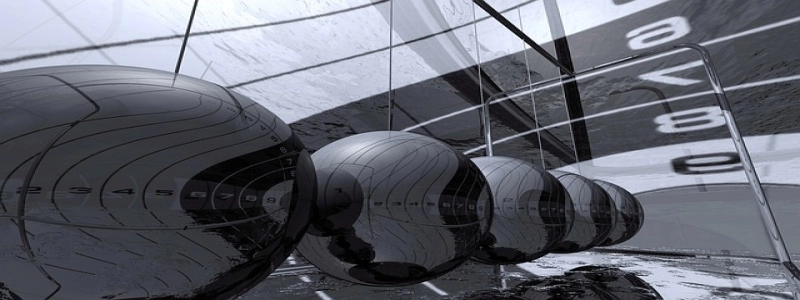How Far Can I Run an Ethernet Cable?
Εισαγωγή:
Ethernet cables are widely used for network connections, both in residential and commercial settings. They provide a reliable and fast way to transmit data over a local area network (LAN). Ωστόσο, when it comes to running an Ethernet cable, there are certain limitations regarding the distance. This article will explain how far you can run an Ethernet cable and the factors that affect its maximum length.
Εγώ. Ethernet Cable Categories:
Ethernet cables are categorized based on their performance capabilities. The most common types are Cat 5e, Cat 6, and Cat 6a cables. Each category has different specifications that determine its maximum supported frequency and data transfer rate.
II. Maximum Length:
The maximum length for an Ethernet cable depends on the category of the cable being used. In general, the maximum length for a Cat 5e cable is 100 meters (328 feet), while Cat 6 and Cat 6a cables can support longer distances up to 55 meters (180 feet) and 100 meters (328 feet), respectively.
III. Factors Affecting Maximum Length:
While the cable category sets a general limit, several factors can affect the actual maximum length of an Ethernet cable:
a. Signal Loss:
As an Ethernet cable gets longer, there is a potential for signal loss, also known as attenuation. This can occur due to resistance and interference in the cable, leading to data errors and decreased signal quality. Higher-quality cables, such as Cat 6a, have better resistance to signal loss, allowing for longer distances.
b. Environmental Interference:
Environmental factors, such as electrical interference from other devices, can affect the maximum length of an Ethernet cable. Power cables, fluorescent lights, and other electronic equipment can introduce noise and disrupt the signal. Shielded Ethernet cables, such as those with an FTP or STP designation, provide better protection against interference.
c. Network Equipment and Speed:
The network equipment you are using, including switches and routers, can affect the maximum length of an Ethernet cable. Επιπροσθέτως, the speed at which data is transmitted over the cable can also impact the maximum distance. Higher data transfer rates require higher-quality cables to maintain signal integrity over longer distances.
IV. Solutions for Longer Distances:
If you need to run an Ethernet cable beyond the maximum supported length, there are various solutions available:
a. Repeaters or Extenders:
Using repeaters or extenders can boost the signal and allow for longer cable lengths. These devices amplify the signal at specific intervals, preventing signal loss over extended distances.
b. Fiber Optic Cables:
Fiber optic cables offer the greatest distance capability for transmitting data. They can be used for long-distance Ethernet connections, but they require specialized equipment and are more expensive than traditional copper cables.
συμπέρασμα:
When considering how far you can run an Ethernet cable, it is important to take into account the cable category, factors affecting signal loss, and environmental interference. Understanding these limitations will ensure a stable and reliable network connection. If longer distances are required, using repeaters, extenders, or fiber optic cables can extend the reach of your Ethernet network.








